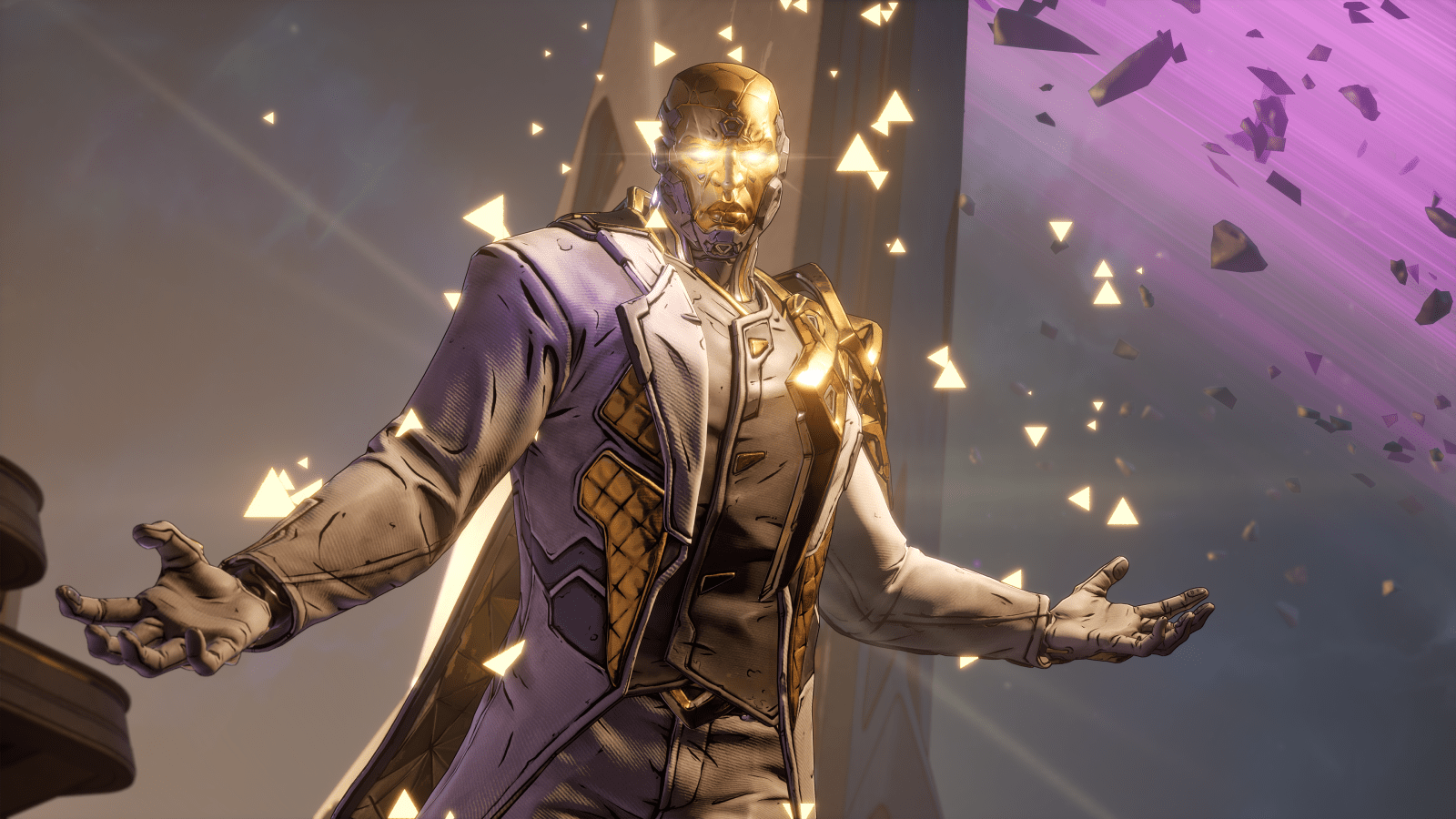Since Borderlands 3 launched in 2019, a lot has changed — in the world, obviously — but also in gaming. That’s one of the challenges that Gearbox confronted when developing Borderlands 4 (out Sept. 12), a sequel that’s due to arrive in a very different gaming landscape than its predecessor. Whereas the series was once the premier looter-shooter franchise for friends to relish its absurdist gunplay and treasure collecting, the field is now much more crowded with live-service titles like Destiny 2 and a slew of indies taking up space in the series’ void.
Known for their tongue-in-cheek and often juvenile humor, Borderlands games could be considered an acquired taste; a fact that wasn’t helped by the series’ disastrous live-action film adaptation that failed to garner an audience when it was released last year. In a precarious spot, the success of Borderlands 4 will ride on regaining some of its old magic.
For Gearbox CEO Randy Pitchford, renewing interest in the franchise is top of mind, as is ushering in a fresh audience who may not be familiar with the cel-shaded sci-fi shooter that blew up in the early 2010s. Pitchford tells Rolling Stone the goal with Borderlands 4 was to “take care of the people that have been with us but also bring new people in.”
“We saw, for example, between Borderlands 2 and 3, that about a third of the people that played Borderlands 3 were new to the franchise,” Pitchford says. “So, we wanted to make sure that we made the game accessible to people that have never played a Borderlands game before, but also make it familiar. If this is your first Borderlands, it’s a perfect entry point.”
The game will start with a new setting, with vault hunters leaving previous installments setting of Pandora for the all-new planet of Kairos, and will confront a villain called The Timekeeper. It’s not just the planet that’s new, but how you get around it, with physics-defying grappling, double jumping, and dashing. And now you can swim.
Borderlands 4 retains the cartoonish aesthetic of the series while upping its technical capabilities.
2K Games
“The thing we most wanted to explore was to free ourselves,” Pitchford says. “Look, Borderlands is already batshit; why do we care about the laws of physics? We’re a video game, you know? What if we just freed ourselves and found the most fun way to maneuver around? That’s where you get into things like double jumping and gliding through the air for no reason.”
Beyond player movement mechanics, the Gearbox team tried to create as seamless an experience as possible, with semi-open world exploration and no load screens. “The key for us is really tapping into what the hardware technology enables in terms of moving data around; we’re able to move massive chunks in very high speed from these new storage pieces that we have on on these consoles and on PCs into memory that is accessible by the CPU,” Pitchford explains.
“That’s all technical bullshit, I’m trying trying to be as simple as possible describing it, but what it comes down to is seamlessness,” he adds. “So now, as artists, we don’t have to engineer these spots where we have to make it narrow and get to a choke point, now we can just have the world be wide and open and free.”
Andrew Reiner, Gearbox’s Global Creative Executive Officer and former Game Informer editor, says, “We have an awesome story campaign, but for the first time, we’re allowing you to play through this in a nonlinear fashion. There’s a point in the game where you have choice of going to three different story locations and picking at it the way you want, and you’ll go to new regions that are just massive. This is the biggest world we’ve created.”

The game’s progression will be less linear than before, affording players more freedom in exploration.
2K Games
“We’ve thought of our entire philosophy like, let’s not let’s not limit the player. Let’s do the opposite,” Pitchford says. “The thing that I said that Graeme [Timmins, Gearbox Creative Director] came up with was ‘less borders, more lands.’ It became a mantra for us.”
Music has been essential to the series’ experience, both in-game and the marketing. In the latest iteration, Gearbox worked on audio technology that allowed the score to dynamically adapt to the real-time action, and Pitchford emphasizes the importance of finding new artists for the game’s trailers and intros.
Years ago, while listening to a radio show that played demos from unsigned artists, Pitchford came upon the artist that would ultimately bookend the first Borderlands game, released in 2009. “I like to find the edge and the weird, and I heard this band, and it just blew me away,” he recalls. “It was a song called ‘In One Ear.’ The band was Cage The Elephant, and nobody knew who they were yet. And I’m like, ‘Holy shit, what’s this?’ I went online and found a video that they had just uploaded, like one week prior, for a song called ‘Ain’t No Rest for the Wicked.’ The video had something like 300 views.” “Ain’t No Rest for the Wicked” would become the soundtrack for Borderlands‘ trailer and was used in the both intro and outro of the game, becoming synonymous with the franchise in fans’ minds.
Gearbox also worked with The Heavy on Borderlands 2 and 3 and used Fontaines D.C.’s “Starburster” for the Borderlands 4 premiere trailer. They’re working with a new artist for the Borderlands 4 intro, but the details are under wraps. “We’ve worked on this five months,” Pitchford says, “Just on the song. I mean, we’ve been having weekly meetings going over this down to the very second. We should have put pencils down weeks ago, but I’m still tweaking it.”
